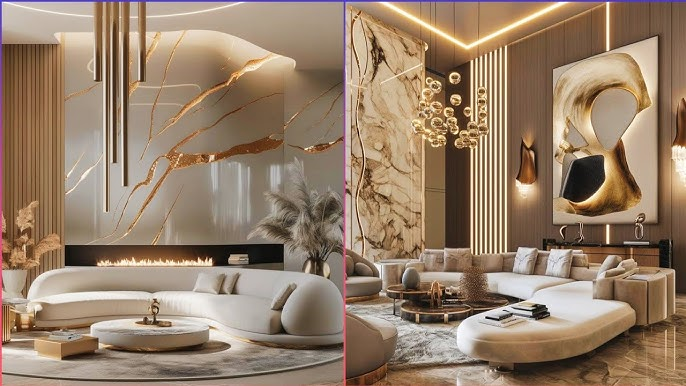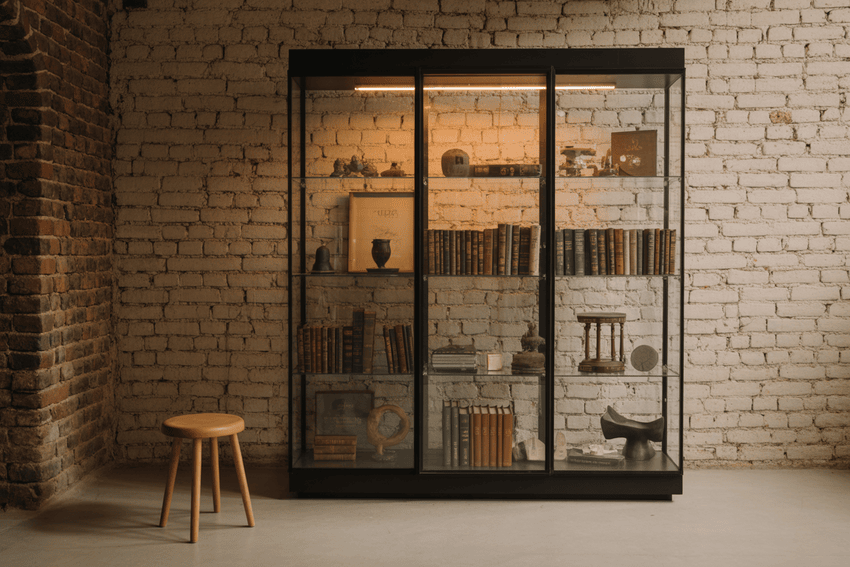Engineered Wood vs Solid Wood: Which Is Better for Your Home Interiors?
- Aswalolla Praneeth
- Nov 7
- 4 min read

When designing your dream home, choosing the right material for furniture, flooring, or cabinetry can make a world of difference. Among the most debated choices are engineered wood and solid wood — each offering unique strengths, aesthetics, and price points.
As one of Bangalore’s leading interior design firms, Magnon Interiors shares expert insights to help you decide which material suits your lifestyle, budget, and design goals best.
1. Understanding the Basics
What is Solid Wood?
Solid wood refers to timber that is cut directly from a tree and used in its natural form. It’s durable, long-lasting, and showcases unique grains and patterns that give furniture or interiors a rich, natural charm. Common types of solid wood used in interiors include teak, oak, walnut, maple, and sheesham.
What is Engineered Wood?
Engineered wood is a man-made product created by binding wood fibers, veneers, or particles together using adhesives under heat and pressure. It’s designed to mimic the look of solid wood while offering enhanced stability and affordability.Popular types include plywood, MDF (Medium Density Fiberboard), HDF (High Density Fiberboard), and particle board.

2. Durability and Lifespan
Solid wood is renowned for its strength and longevity. High-quality solid wood furniture can last for decades — even generations — when properly maintained. It can also be refinished or repaired multiple times, which adds to its lifespan.
Engineered wood, while not as long-lasting, is still highly stable and resistant to warping or cracking caused by humidity or temperature changes. High-grade plywood and HDF can last for many years, especially when used in indoor applications such as wardrobes, modular kitchens, or wall panels.
✅ Magnon Interiors Tip:For homes in Bangalore’s humid climate, engineered wood often performs better in kitchens and wardrobes because it’s more resistant to moisture-related expansion and contraction.
3. Appearance and Aesthetics
Nothing beats the natural beauty of solid wood. Each piece tells a story through its grain, knots, and texture. It’s perfect for luxury interiors or statement furniture pieces where you want to highlight craftsmanship and authenticity.
Engineered wood, on the other hand, can replicate the appearance of real wood remarkably well — thanks to veneers and laminates. Designers at Magnon Interiors often use veneered engineered wood panels for elegant, seamless finishes that still capture the warmth of natural wood.
✅ Magnon Interiors Insight:In modern interiors, a combination of both materials is often ideal — solid wood for accents and engineered wood for built-in furniture or cabinetry.
4. Cost Comparison
Solid wood furniture or panels are more expensive due to material sourcing, craftsmanship, and finishing. The price varies depending on wood type — for instance, teak and walnut are premium options.
Engineered wood is significantly more budget-friendly, offering a wide range of styles and finishes at a lower cost. It’s an excellent choice for homeowners who want a premium look without stretching their budget.
✅ Magnon Interiors Design Tip:For a cost-effective yet luxurious outcome, Magnon Interiors recommends mixing both — engineered wood for structure and solid wood accents for visual appeal.
5. Maintenance and Care
Solid wood requires periodic polishing and protection from moisture and termites. Direct sunlight may fade its color over time.
Engineered wood, on the other hand, is easier to maintain. It doesn’t require polishing and resists warping better in fluctuating climates. However, it’s important to avoid excessive water exposure, especially with MDF or particle board variants.
✅ Pro Tip from Magnon Interiors:Use engineered wood in kitchens and wardrobes, and reserve solid wood for living room furniture or statement décor.
6. Environmental Impact
Interestingly, engineered wood is often considered more sustainable since it uses smaller wood particles and leftover timber, reducing wastage.Solid wood, though natural, can contribute to deforestation if not sourced responsibly.
Magnon Interiors partners with suppliers who follow eco-conscious sourcing and certified wood practices, ensuring that your interiors are both stylish and sustainable.
7. Applications in Modern Homes
Application | Solid Wood | Engineered Wood |
Furniture | Excellent for statement pieces like dining tables, coffee tables, and bed frames | Great for modular units like wardrobes, shelves, and cabinets |
Flooring | Premium natural look, but requires more maintenance | More stable, easier to install, and cost-effective |
Wall Panels | Warm, timeless finish | Lightweight and ideal for modern designs |
Kitchens | Can warp due to moisture | Best suited for modular kitchens and cabinets |
8. The Magnon Interiors Approach
At Magnon Interiors, the design philosophy blends beauty with practicality. Our team evaluates every space — from humidity levels and daily usage to your aesthetic preferences — before suggesting materials.
Whether you prefer the natural richness of solid teak or the versatility of engineered plywood, Magnon ensures each element harmonizes with your home’s overall design.
Every project reflects premium craftsmanship, intelligent material selection, and long-lasting finishes that embody luxury and comfort.
FAQs about Engineered Wood vs Solid Wood
Q1. Which lasts longer: engineered wood or solid wood?
Solid wood typically lasts longer and can be refinished multiple times. However, high-quality engineered wood can also last many years when used properly indoors.
Q2. Is engineered wood good for kitchen cabinets?
Yes, engineered wood (like BWP plywood or HDF) is ideal for kitchen cabinets because it resists moisture and temperature fluctuations better than solid wood.
Q3. Can engineered wood look as good as solid wood?
Absolutely. With veneers and high-quality laminates, engineered wood can mimic the natural look and feel of solid wood at a lower cost.
Q4. Which is more eco-friendly?
Engineered wood uses recycled wood fibers, making it more sustainable and resource-efficient compared to solid wood sourced from natural timber.
Q5. Which is better for furniture design in Bangalore?
Given Bangalore’s moderate humidity, a blend of both materials is best — solid wood for aesthetics and engineered wood for structure and durability.
Conclusion
Choosing between engineered and solid wood ultimately depends on your lifestyle, budget, and design goals.Solid wood exudes timeless beauty and strength, while engineered wood offers modern convenience, versatility, and cost efficiency.
At Magnon Interiors Bangalore, expert designers combine both materials intelligently — crafting interiors that balance durability, beauty, and sustainability.
Whether you’re designing a luxury villa, apartment, or office, Magnon Interiors ensures your space reflects your style — beautifully built to last.
👉 Book your free consultation today and discover how Magnon can transform your home interiors.



